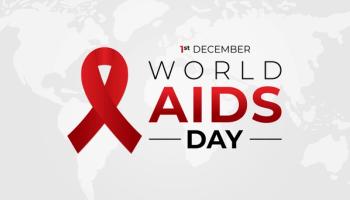
Employer contributions shifting in consumer-driven health plans
The report notes that workers with employee-only coverage have seen their annual employer contributions decrease, while those with family coverage have seen their annual employer contributions increase.
Among the roughly 4% of covered Americans who have consumer-driven health plans (CDHP), contributions to the plans by their employers are shifting, according to a report from the Employee Benefit Research Institute (EBRI).
Workers with employee-only coverage have seen their annual employer contributions decrease, while those with family coverage have seen their annual employer contributions increase, according to the report.
“Employers may change their contributions to CDHPs for a number of reasons,” says EBRI’s Paul Fronstin, author of the report. “For example, they may want to create a bigger gap in between their contribution and the deductible in order to increase worker engagement in their health. They may also need to cut back as a result of the economy.”
The report presents findings from the 2008 and 2009 EBRI/MGA Consumer Engagement in Health Care Survey and the 2006 and 2007 EBRI/Commonwealth Fund Consumerism in Health Care Surveys. It examines the availability of health reimbursement arrangements (HRAs) and health savings account (HSA)-eligible plans as well as employer and individual contribution behavior, time enrolled in such plans, account balances, and rollover behavior.
The EBRI report finds that while the percentage of workers with an HRA or HSA plan whose employer contributes to the account has not changed statistically since 2006, the percentage of employers making contributions dropped from 67% in 2008 to 63% in 2009.
Among workers with an employer contribution, those with employee-only coverage saw their annual employer contributions increase between 2006 and 2008, but fall in 2009. Between 2006 and 2008, the percentage of workers with employee-only coverage reporting that their employer contributed $1,000 or more to the account increased from 26% to 37%, but in 2009, it fell to 32%. The percentage of workers with an employer contribution of less than $200 increased from 3% to 8% between 2008 and 2009.
In contrast, among workers with family coverage, employer contribution levels increased in 2009. The percentage of workers receiving a contribution of $1,000 or more increased from 59% in 2008 to 73% in 2009. Nearly three-quarters of workers with family coverage in a consumer-driven health plan now receive an annual employer contribution of $1,000 or more.
The amount of money that individuals have accumulated in their accounts has grown over time. The percentage of individuals reporting that they had nothing in their account at the time of the survey declined from 14% in 2006 to 6% in 2009. In contrast, the percentage of individuals reporting an account balance of at least $1,000 at the time of the survey was 25% 2006, 44% in 2007, 43% in 2008 and 47% in 2009.
Newsletter
Get the latest industry news, event updates, and more from Managed healthcare Executive.






















































